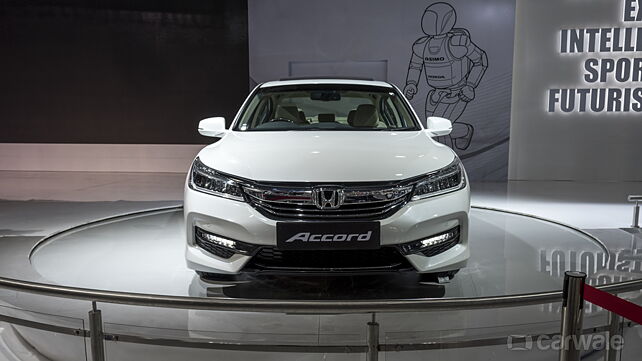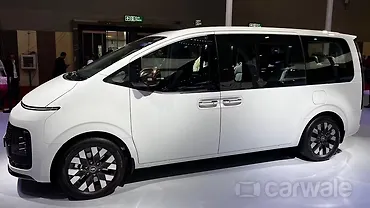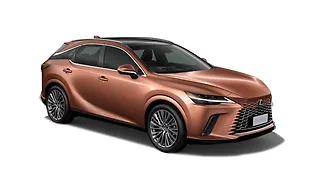
The proposed GST policy for cars turned out to be a shocker for car makers, especially the ones that were selling hybrid cars in India. While poser hybrids like Maruti’s SHVS and Mahindra’s Intelli-hybrid had to be purged, the Society of Indian Manufacturers (SIAM) expected the real Hybrids like the Toyota Camry or the Honda Accord would still be allowed to reap the tax benefits and have proposed the 18 per cent slab instead of the 28 per cent.
Under the existing structure, hybrid cars have been classified along with luxury cars and SUVs, attracting 28 per cent GST and an additional 15 per cent cess, which is a total of 43 per cent. Hybrid cars earlier used to attract a total of about 30 per cent duties inclusive of the excise, VAT and other taxes.
Incidentally, as of now, there are only a handful of true hybrids running in India and the cheapest of the lot, the Toyota Camry, is priced over Rs 30 lakh, ex-showroom Delhi. This is by no means a budget offering which, in a way, scores a goal for SIAM’s argument of affordable technology and environment concerns. Unless true-blue hybrid cars are offered in the Rs 7 lakh to Rs 15 lakh range, the range that contributes to almost half of the automotive sales in India, the added tax burden is inconsequential in the larger scheme of things.
Car makers and SIAM have been repeatedly reminding the government of its promise for minimal change in tax incidence when migrating to GST. SIAM has proposed a 10 per cent rebate on the proposed slab i.e. to be charged at 18 per cent plus the 15 per cent cess, which will bring the taxation to about 33 per cent, marginally above the current overall duty.
The government on the other hand is keen on pushing for fully electric vehicles, wanting to leapfrog the hybrid era like they did with the emission standards by skipping BS-V altogether. After initial resistance, car makers have now agreed to work towards the 2020 deadline. And it seems that if the government holds firm, the car makers might very well comply with this ruling.

![Lexus RX [2017-2023] Image Lexus RX [2017-2023] Image](https://imgd.aeplcdn.com/272x153/cw/ec/28283/Lexus-RX-Right-Front-Three-Quarter-94305.jpg?wm=0&q=80)

![Toyota Camry [2015-2019] Image Toyota Camry [2015-2019] Image](https://imgd.aeplcdn.com/272x153/cw/ec/18516/Toyota-Camry-Interior-118580.jpg?wm=0&q=80)















![Lexus RX [2017-2023] Right Front Three Quarter Lexus RX [2017-2023] Right Front Three Quarter](https://imgd.aeplcdn.com/199x112/cw/ec/28283/Lexus-RX-Right-Front-Three-Quarter-94305.jpg?v=201711021421&q=80)
![Lexus RX [2017-2023] Left Side View Lexus RX [2017-2023] Left Side View](https://imgd.aeplcdn.com/199x112/cw/ec/28283/Lexus-LX-Left-Side-View-93135.jpg?v=201711021421&q=80)
![Lexus RX [2017-2023] Left Front Three Quarter Lexus RX [2017-2023] Left Front Three Quarter](https://imgd.aeplcdn.com/199x112/cw/ec/28283/Lexus-LX-Left-Front-Three-Quarter-93134.jpg?v=201711021421&q=80)
![Lexus RX [2017-2023] Interior Lexus RX [2017-2023] Interior](https://imgd.aeplcdn.com/199x112/cw/ec/29104/Lexus-RX-Interior-96842.jpg?v=201711021421&wm=1&q=80)
![Lexus RX [2017-2023] Interior Lexus RX [2017-2023] Interior](https://imgd.aeplcdn.com/468x263/cw/ec/29104/Lexus-RX-Interior-96843.jpg?v=201711021421&wm=1&q=80)



























